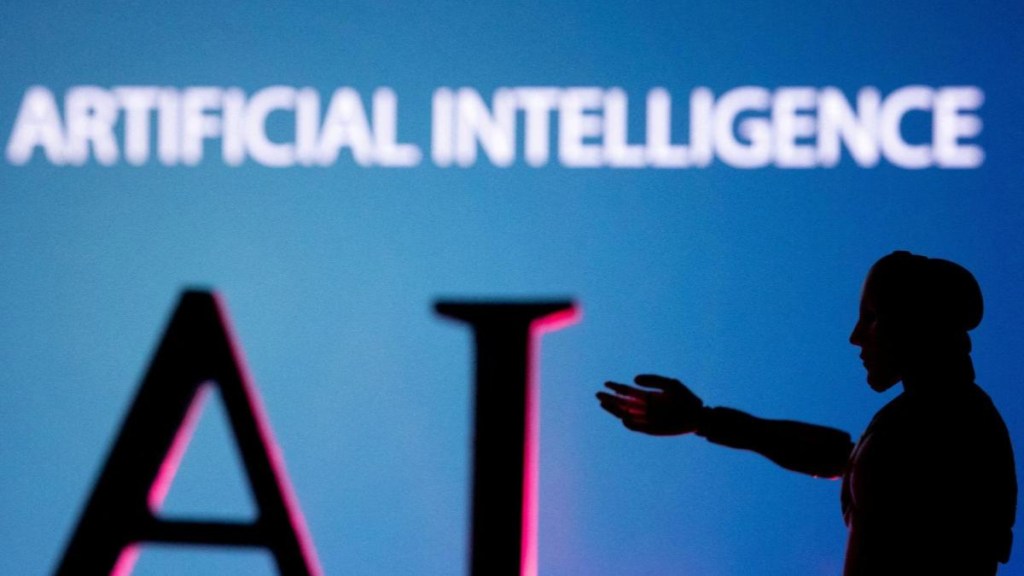By OmPrakash Muppirala
In the dynamic landscape of high-volume hiring, organizations are constantly seeking innovative solutions to identify and recruit top talent efficiently. As we step into 2024, the integration of predictive analytics and artificial intelligence (AI) has emerged as a game-changer, revolutionizing the way companies make recruitment decisions. This article explores the pivotal role of predictive analytics in forecasting candidate success and streamlining the high-volume hiring process.
The Evolution of Predictive Analytics in Recruitment
Traditional hiring processes often rely on historical data, resumes, and interviews to assess candidate suitability. However, these methods are time-consuming, prone to bias, and may not always accurately predict future job performance. Predictive analytics, powered by advanced AI algorithms, transforms this paradigm by leveraging vast datasets to identify patterns and correlations that human recruiters might overlook.
In high-volume hiring scenarios, where the volume of applicants can be overwhelming, predictive analytics becomes a strategic ally. These advanced tools enable recruiters to sift through large datasets rapidly, identifying candidates with the highest likelihood of success based on various factors.
Predicting Candidate Success: The Core of Predictive Analytics
The primary objective of predictive analytics in high-volume hiring is to forecast a candidate’s success in a given role. This involves analyzing historical data, such as the performance of past hires, and identifying the common denominators among high-performing employees. AI algorithms can then extrapolate these patterns to assess new applicants, predicting their potential success within the organization.
By considering a diverse range of factors, including skills, experience, cultural fit, and even soft skills, predictive analytics paints a more holistic picture of a candidate. This multidimensional evaluation goes beyond the limitations of traditional hiring methods, providing a nuanced understanding of each applicant’s potential contribution to the company.
Streamlining the High-Volume Hiring Process
One of the most significant challenges in high-volume hiring is managing the sheer volume of applications efficiently. Predictive analytics, coupled with AI, addresses this challenge by automating and optimizing various stages of the recruitment process.
- Resume Screening: AI-driven algorithms can swiftly analyze resumes, identifying key skills and experiences relevant to the job. This not only speeds up the initial screening process but also ensures a more objective assessment.
- Candidate Ranking: Predictive analytics assigns a predictive score to each candidate, indicating their likelihood of success. Recruiters can then prioritize candidates based on these scores, focusing on those with the highest potential first.
- Interview Scheduling: AI can streamline the interview scheduling process by considering both candidate availability and interviewer schedules, ensuring a more efficient and convenient process for all parties involved.
- Onboarding Predictions: Predictive analytics doesn’t stop at hiring; it extends to onboarding. By analyzing successful onboarding experiences, AI can provide insights into the most effective strategies for integrating new hires seamlessly into the organization.
Mitigating Bias for Fairer Decisions
One of the critical advantages of leveraging AI in predictive analytics for high-volume hiring is the potential to reduce bias in decision-making. Traditional recruitment processes may unintentionally introduce biases based on factors like gender, ethnicity, or educational background. Predictive analytics algorithms, when properly designed and trained, can make decisions based on objective criteria, minimizing the impact of human biases.
However, it’s crucial to approach AI with a critical eye and implement measures to ensure fairness. Regularly auditing and updating algorithms, providing diversity in training data, and incorporating ethical considerations into the development process are essential steps to mitigate bias in predictive analytics.
The Future Landscape of Predictive Analytics in High-Volume Hiring
As we move further into 2024, the landscape of predictive analytics in high-volume hiring is expected to evolve even more rapidly. Advancements in natural language processing, sentiment analysis, and machine learning will enhance the accuracy and depth of candidate assessments.
Furthermore, the integration of predictive analytics with other emerging technologies, such as blockchain for secure and transparent data handling, will contribute to a more robust and reliable high-volume hiring process.
In conclusion, the marriage of predictive analytics and AI has ushered in a new era for high-volume hiring. By harnessing the power of data to make smarter, more informed recruitment decisions, organizations can not only streamline their hiring processes but also identify and retain top talent more effectively. As we navigate the ever-changing landscape of recruitment, staying at the forefront of these technological advancements will be crucial for organizations striving to build agile and high-performing teams in 2024 and beyond.
The author head, Fountain India









